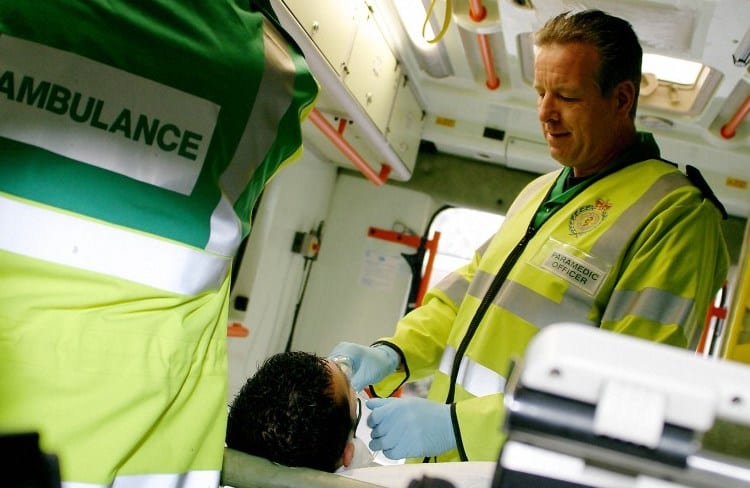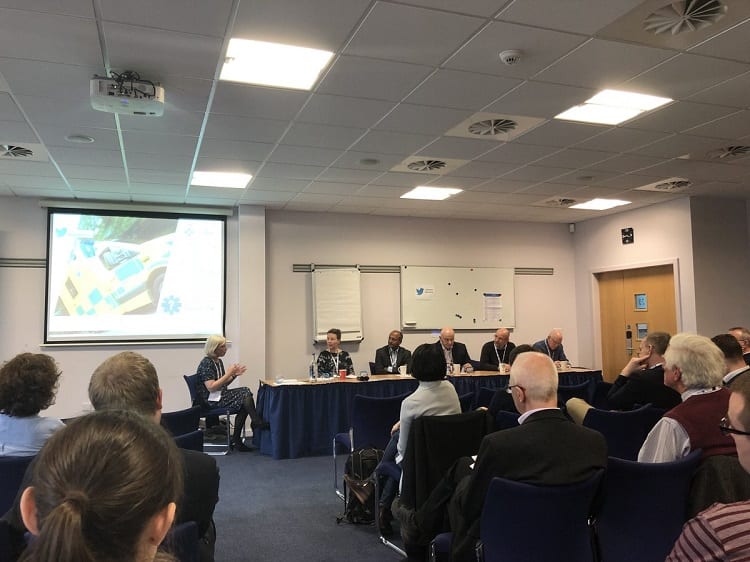CaHRU Newsletter (Winter 2018-19)
The latest edition of the CaHRU Newsletter (Winter 2018-19) was published in March 2019. The newsletter presents the work of the research centre over the previous three months and includes articles from the CaHRU blog covering publications, conferences and funding. Continue reading CaHRU Newsletter (Winter 2018-19)




